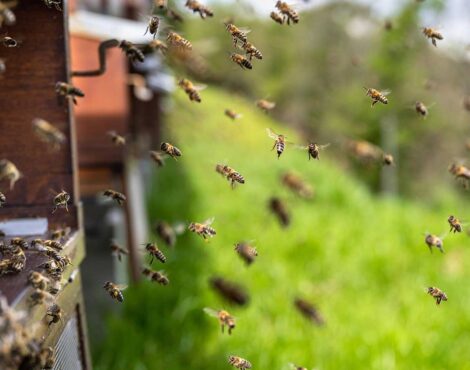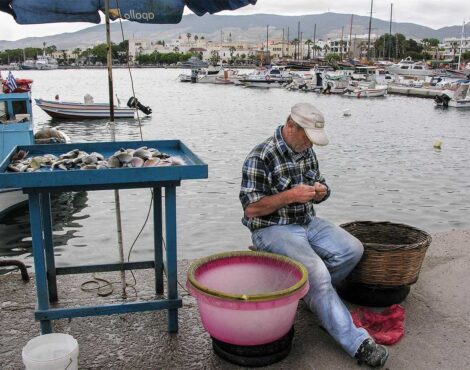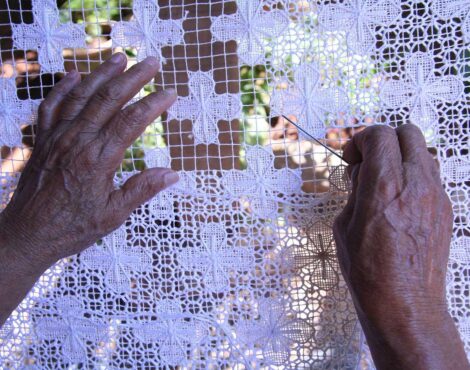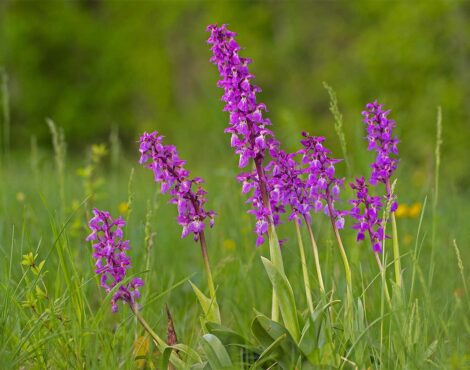A trip to northern Corfu is an unforgettable experience, ideal for those seeking a unique combination of natural beauty, history, tradition, and authentic Greek hospitality. The northern part of the island stands out for its mountainous terrain, dramatic coastlines with turquoise waters, picturesque villages, and rich cultural heritage. From the stunning coves of Paleokastritsa to the summit of Mount Pantokrator, and from the timeworn charm of Old Perithia to the traditional village of Afionas and the exotic double beach of Porto Timoni, all the way to the cosmopolitan Kassiopi, each stop reveals a different and equally captivating side of northern Corfu.
One of the most iconic destinations in Corfu is Paleokastritsa, a location that serves as a perfect starting point for exploring the island’s northern regions. Known for its breathtaking bays with crystal-clear, deep waters and sea caves carved into dramatic cliffs, Paleokastritsa enchants visitors with its wild natural beauty. The shoreline here is dotted with small coves, some accessible only by boat, and the contrast between the emerald green of the hills and the blue of the Ionian Sea creates an awe-inspiring setting.
Perched on a hilltop above the area is the historic Monastery of the Virgin Mary of Paleokastritsa, dating back to the 13th century. The monastery still operates today, housing a small community of monks, and it features a charming courtyard, a small museum with ecclesiastical relics, and rare Byzantine icons. From the monastery grounds, visitors can enjoy sweeping views of the Ionian Sea stretching endlessly into the horizon. According to local legend, this very area is believed to be where Odysseus first met Nausicaa, daughter of King Alcinous, after being shipwrecked on his journey home to Ithaca.
To the east and north of Paleokastritsa rises Mount Pantokrator, the tallest mountain on the island, reaching a height of 906 meters. The journey to its summit is not only scenic but also deeply rewarding. On clear days, the panoramic view from the top is truly spectacular, you can see all of Corfu, the nearby island of Paxos, the Albanian coastline, and even parts of mainland Greece across the channel. At the summit stands the Pantokrator Monastery, a quiet, serene place of worship founded in the 17th century. It retains its monastic character and invites peaceful reflection. The winding road to the top passes through quaint mountain villages, lush greenery, and offers countless photo opportunities.
Nestled on the slopes of Mount Pantokrator, at an altitude of around 400 meters, lies the traditional village of Old Perithia. This historic village dates back to the 14th century and serves as a quintessential example of Venetian-influenced Corfiot architecture. During the time of pirate raids, coastal residents fled inland to villages like Old Perithia for safety, and the village prospered for several centuries. Though nearly abandoned in modern times, many of the old stone houses have been lovingly restored, and now house charming tavernas and guesthouses. Walking through the cobbled alleys of Old Perithia feels like stepping back in time. The silence, combined with the sense of abandonment, lends the village a mystical ambiance. Local tavernas serve up traditional Corfiot dishes such as sofrito (a veal stew with white wine and garlic) and pastitsio (a Greek-style baked pasta).
On Corfu’s northwestern coast, the village of Afionas sits proudly on a hillside, offering commanding views of the Ionian Sea and the curved bay of Agios Georgios. Afionas is known for its tranquil charm, colorful houses, and romantic atmosphere. The narrow cobbled paths, traditional architecture, and peaceful surroundings make it one of the most endearing villages on the island. However, the true highlight here is the natural wonder of Porto Timoni. This unique formation features two beaches separated by a narrow strip of land, forming a sort of natural isthmus between two crystal-clear bays. To reach this hidden gem, visitors must follow a downhill trail from the village of Afionas that winds through olive groves and dense vegetation. The view from above is breathtaking—turquoise waters lapping both sides of the land, creating a scene that is often described as paradise on earth. Swimming at Porto Timoni is an unforgettable experience, especially during the early morning or late afternoon when the beaches are quieter and the light is magical.
No tour of northern Corfu would be complete without a visit to Kassiopi, the most vibrant seaside resort on the island’s northeastern coast. Kassiopi masterfully blends the atmosphere of a traditional fishing village with the conveniences of a modern tourist destination. The heart of the town is its picturesque harbor, lined with waterfront tavernas, cafés, and boutique shops. By night, the area comes alive with music and conversation, while by day it offers peaceful moments by the sea. Kassiopi also boasts a rich historical background. It is said to have been founded by King Kassios, and during Roman times it was an important port. Today, visitors can explore the remains of a Roman villa, as well as the ruins of the Kassiopi Castle, a medieval fortress built by the Angevins to defend the area from invaders. Climbing up to the castle rewards visitors with expansive views of Albania and the Epirus coast just across the narrow strait.
Northern Corfu is a destination full of contrasts and captivating charm. From the mystical aura of Paleokastritsa and the sweeping views from Mount Pantokrator, to the timeworn stone houses of Old Perithia, the romantic hillside village of Afionas with its exotic Porto Timoni, and finally the cosmopolitan yet historic vibe of Kassiopi, each location offers a distinct and memorable experience. A trip to this region of the island is not just a journey from place to place, it is a journey through time, through nature, and through the heart of Corfiot tradition. It is ideal for travelers who seek authenticity, diversity, and the enchanting essence of a place that reveals its magic around every corner.





